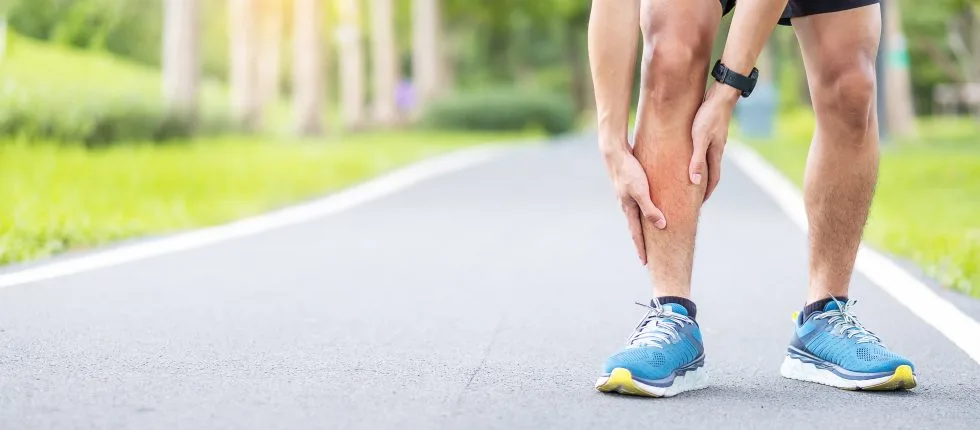
Should My Shins Be Aching After Exercise?
Ah, the joy of rediscovering your sports gear after it’s been hiding away during the chilly winter months. With spring’s arrival, the urge to shed that couch potato status and embrace an active lifestyle is irresistible. But diving headfirst into physical activity after a period of downtime isn’t without its risks, particularly when it comes to your shins.
Understanding Shin Splints
Let’s tackle the basics first. “Shin splints” is a catch-all term for various pains around the shin, the front part of your leg bone below the knee, technically called the tibia. You’ve got two primary types: medial tibial stress syndrome (MTSS), causing pain along the lower two-thirds of the inside of the shin, and anterior tibial stress syndrome (ATSS), with pain along the front outside of the shinbone. Most folks refer to MTSS when they talk about shin splints.
These pesky pains often start as a throbbing sensation accompanied by tightness, tenderness, soreness, and mild swelling on the inner edge of your shin. Initially, you might only feel discomfort at the beginning of physical activity, which tends to ease as you warm up. But heed this early warning; your body’s signaling that an injury has occurred, urging you to address the issue promptly.
How Do Shin Splints Happen?
Now, what leads to these unwelcome shin splints? Well, they typically rear their heads when the muscles, tendons, and bone tissue of your lower leg are overworked and haven’t had enough time to recover. Here are a few contributing factors:
- Sudden changes in activity or intensity
- Wearing ill-fitting or worn-out shoes
- Activities with frequent stops and starts (think basketball or dancing)
- Skipping proper warm-ups or cool-downs
- Weakness in leg, foot, ankle, hip, or core muscles
- Flat feet or poor leg/foot/ankle alignment
- Low bone density, which is more common among women
How to Care of Shin Splints
Spotting shin splints early is key. Keep an eye out for swelling, tenderness, and aching pain along the lower front of your shin, especially during and after exercise. If you suspect shin splints, rest up and apply ice packs to reduce inflammation. Over-the-counter anti-inflammatory meds can help with the pain. Switch to non-weight-bearing exercises like swimming or biking while you recover.
Test Your Readiness
Once you’re on the mend, it’s time to gauge your body’s readiness to jump back into action. If you can walk pain-free, do tip-toe movements without discomfort, and perform single-leg hops without pain, you’re likely ready to slowly resume your regular activities. For runners, start with a gradual return by mixing walking and running.
Prevent Future Pain
Prevention is the name of the game. Take care of your feet with well-fitting shoes and consider orthotics for proper alignment. Strengthen your leg, foot, ankle, hip, and core muscles through targeted exercises. Pay attention to signs of discomfort, and adjust your activities accordingly. Lastly, if you’re experiencing persistent or severe shin pain, don’t hesitate to seek professional medical advice for proper diagnosis and treatment.
By understanding the causes, symptoms, and preventive measures, you can steer clear of the agony of shin splints and continue enjoying your favorite activities pain-free. Remember, your health comes first, so listen to your body and take care of those shins!
If the pain continues, be sure to stop by AFC Urgent Care Hixson for closer care and guidance to get you back to full health!